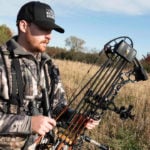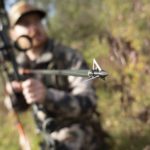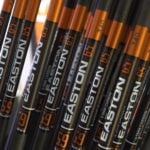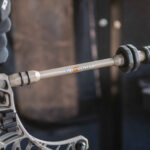Quivers are used as the basic method for carrying arrows while bowhunting or target shooting. Quivers come in a variety of shapes and sizes, as well as functionality.
Quivers can be attached in various ways to the bow or a shooters body. These differences are often based on hunting or shooting circumstances but are just as much a personal choice too.
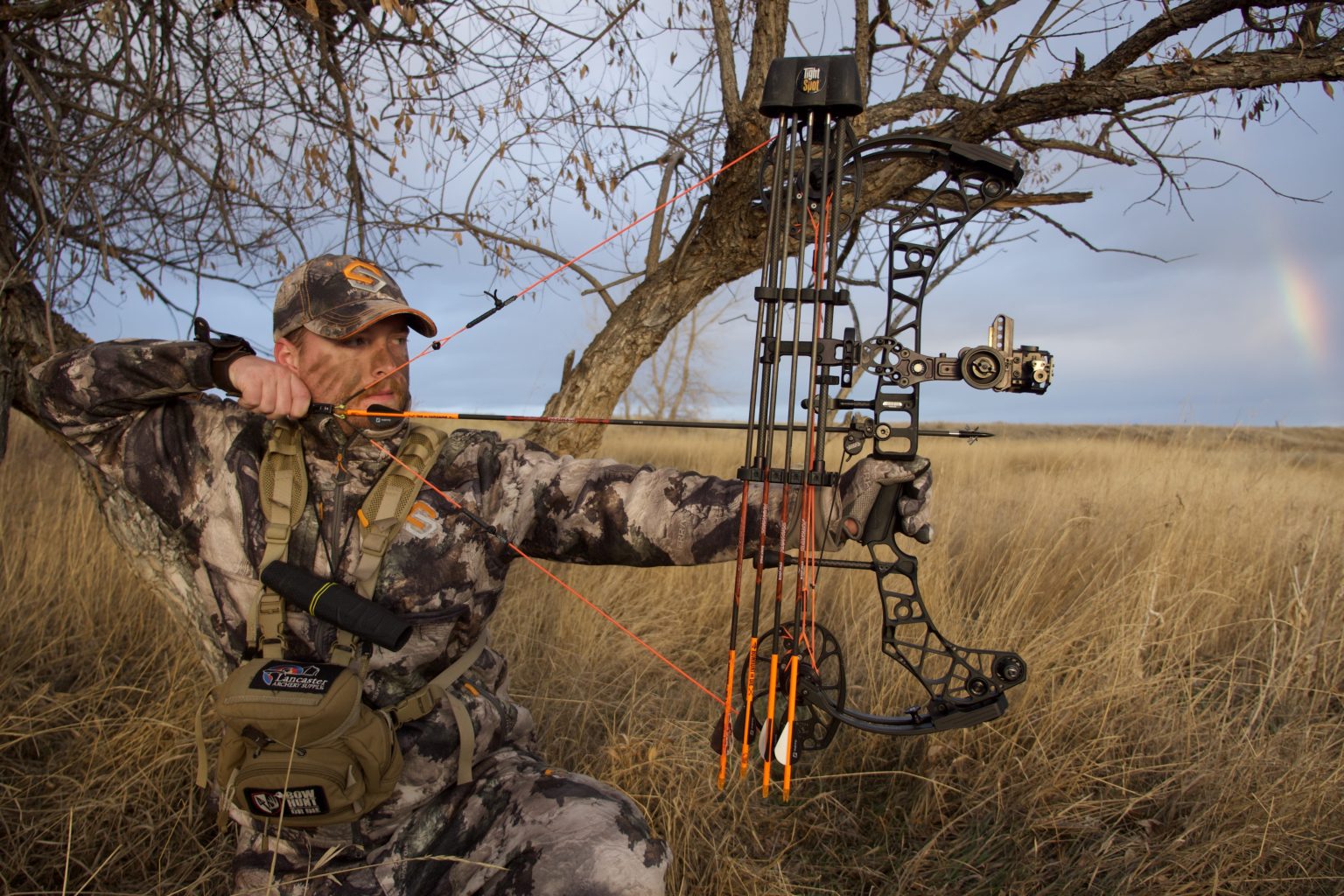
In early times, quivers were made of leather, wood, furs, and other natural materials. However, today’s quivers are constructed of plastic and carbon fiber; making them lightweight and almost indestructible.
Some quivers are even made to carry specific types of arrows with specific types of broadheads.
Parts Of The Arrow Quiver
When referring to a quivers “hood”, this is the section where the broadhead-tipped end of the arrow rests. The “hood” acts as a protectant for the broadheads.
Near the top of the hood, just before the point where the broadheads disappear within the hood, there will be an attachment point for the arrows to sit individually. This attachment point is typically made of rubber and requires that each arrow be pushed down into a small cut-out within the rubber.
Attached to the hood of the quiver will be the body. This is a slender piece that extends down several inches and carries a second set of arrow “grippers” in which the arrows attach individually. These two attachment points prevent the arrows from falling out of the quiver while walking or stalking prey.
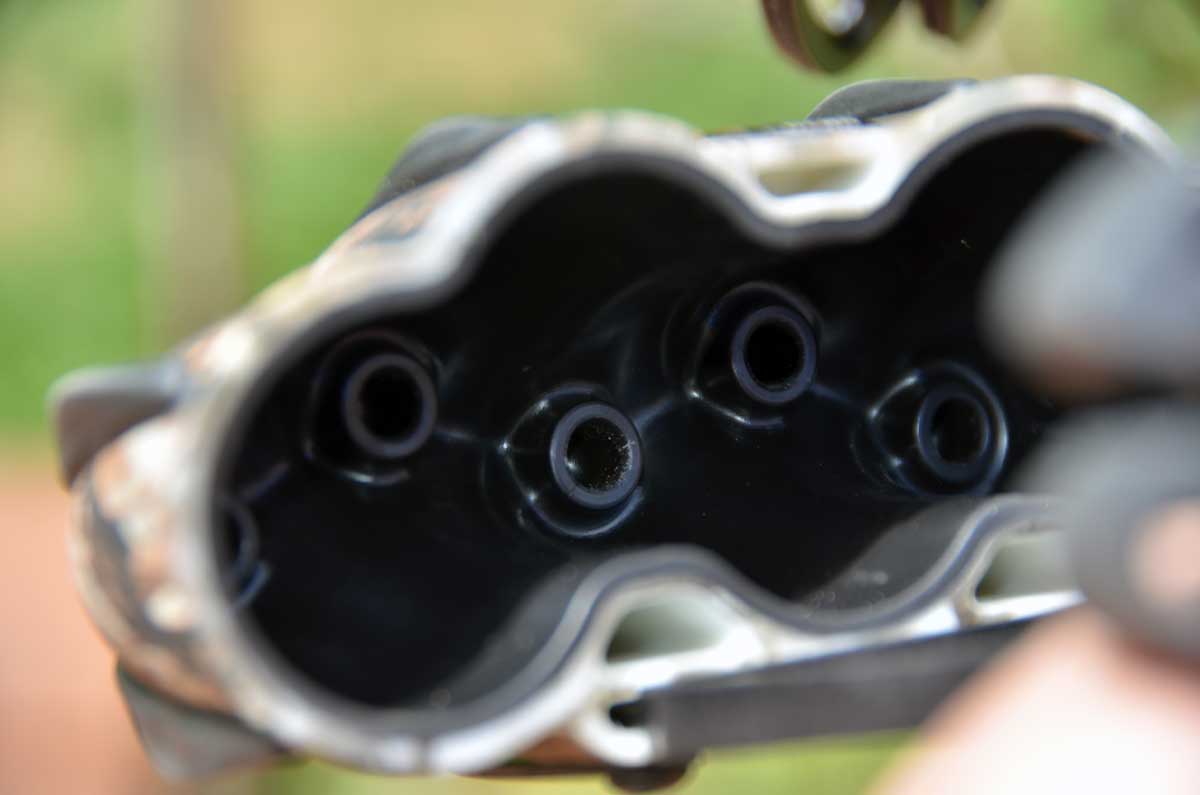
Different Types Of Arrow Quivers
Bow Mounted Arrow Quivers
The most popular type of quiver is the bow-mounted quiver. Like the name implies, this type of quiver attaches directly to the bow and does not impede the bowhunters body during the shot. Two subcategories of bow mounted arrows exist; Detachable and Permanent.
A detachable bow quiver (often referred to as a one piece quiver) can easily be removed when needed. Treestand bowhunters typical prefer this type of quiver over all others as it can be easily removed while in the stand and attached while walking to and from hunting sites.
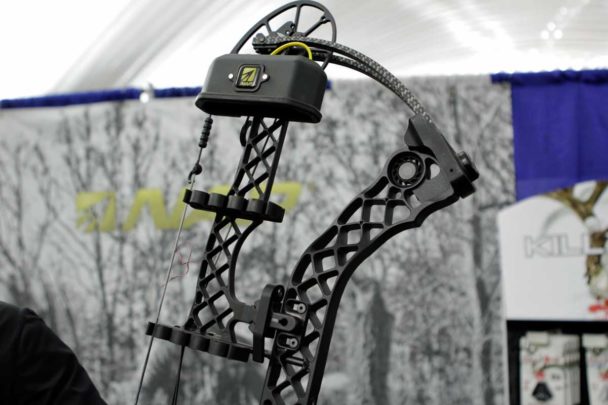
Permanent bow mounted quivers (often referred to as 2 piece quivers) are popular among spot and stalk hunters who must keep arrows within easy reach while at the same time moving closer to game animals. They are typically built to be lightweight, rugged and vibration free.
Since they are attached to the bow during the shot process, permanently mounted bow quivers must attach tightly to the bow and have no moving parts that can create game-spooking noise. Most 2 piece permanent quivers include a hood which mounts to the upper part of the bow’s riser and a series of arrow grippers which mount to the lower part of the riser.
Hip Quiver
For those bowhunters or archers who do not wish to use a bow mounted quiver, there is another option; the hip quiver. The hip quiver an arrow quiver that is attached to a belt and is worn around the waist. This quiver allows the shooter to walk and move while also keeping arrows within easy reach. Many (if not all) tournament shooters use hip quivers and some western “spot and stalk” hunters prefer a hip quiver over a permanently mounted bow quiver; camo models exist for such purposes.
Many variations of this quiver type exist. Some cant the arrows forward, some backward, some on the dominant hand side, and some on off-hand side. Personal preference should dictate which one is best.
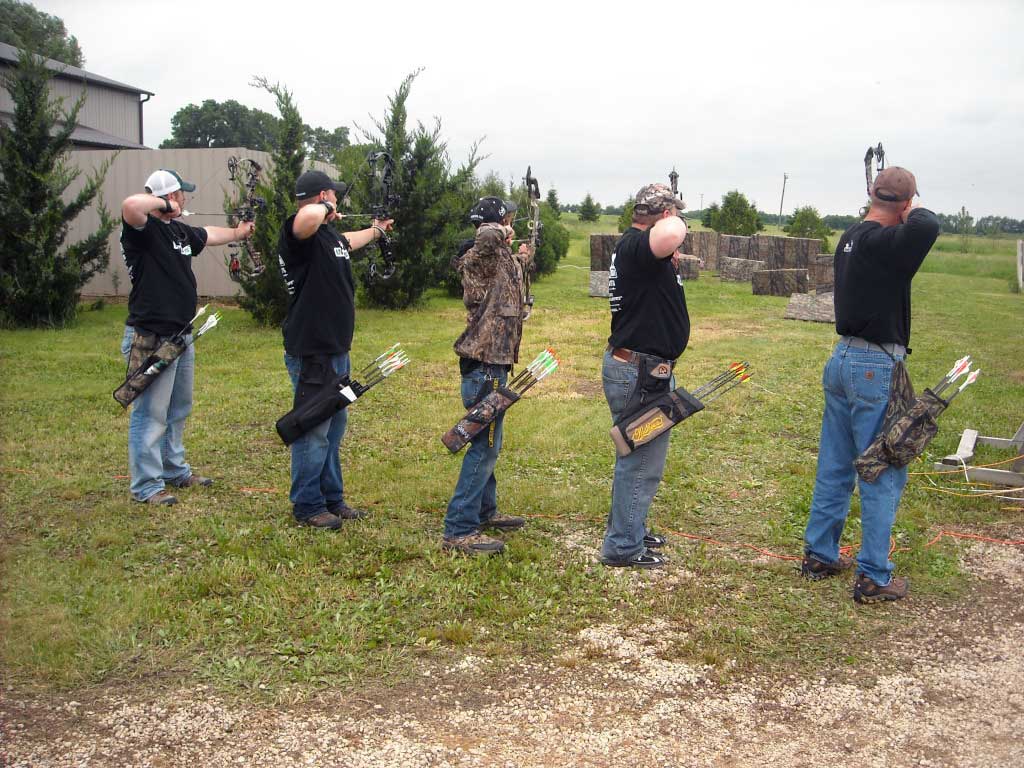
Back Quiver
Back quivers are attached to the archer’s back. Some bowhunters are fond of this type and choose them over hip quivers and bow-mounted quivers. The arrows move with the hunter while still remaining within easy reach. The shooter simply reaches behind the back and removes an arrow when needed. Some practice with positioning is necessary in order to ensure that the arrows can be reached.
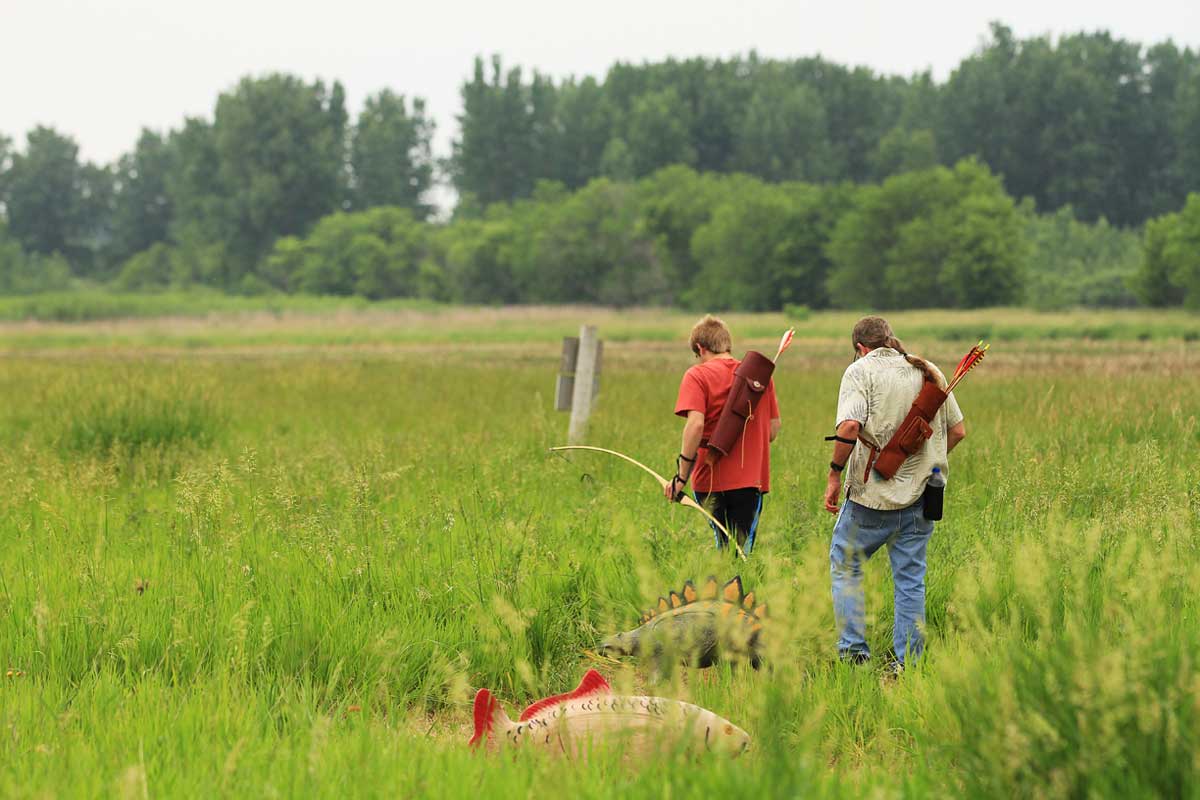

 By
By 